Themes in the Administration's Executive Actions
I recently published this column in The Hill that attempts to discern patterns in the Administration's executive actions to date. In short, I found three. First, the majority of Executive Orders are not themselves particularly meaningful. They are crafted to be resistant to facial challenge. People pouring over each EO when it comes out looking for violations of law will often be frustrated or forced to reach. Instead most (not all) executive orders should be seen as declarations of war, as indications of the actions the President wants his underlings to undertake. And a great many of those are wildly, indefensibly illegal. But by drawing attention to the EOs themselves, the Administration can maintain a veneer of legality. If you see an EO that troubles you, dig in to how it is being implemented rather than parsing its words. Second, as disturbing as many of the substantive actions are, they are merely incidental to a broader goal of aggrandizing presidential power. In many instances, the Administration could have done most or even all of what it wanted legally, but it chose to defy the law instead. In some instances, that may because the core of DOGE nineteen-year-olds did not think to ask for legal opinions. In many, however, the goal seems to be to establish that the President can defy the law, or justify actions based on wholly ludicrous presidential "findings", and go unscathed. Thus, these actions are troubling on their own right but even more so when one considers the aggressive and unfounded "findings" they presage. We got a taste of that in tariff-fest Wednesday evening. And third, the quantity and quality of actions defying court orders is vastly greater than has been widely reported. For anyone waiting to declare a "constitutional crisis" for the Administration to defy binding court orders, that ship sailed a long time ago.
I recently published this column in The Hill that attempts to discern patterns in the Administration's executive actions to date. In short, I found three.
First, the majority of Executive Orders are not themselves particularly meaningful. They are crafted to be resistant to facial challenge. People pouring over each EO when it comes out looking for violations of law will often be frustrated or forced to reach. Instead most (not all) executive orders should be seen as declarations of war, as indications of the actions the President wants his underlings to undertake. And a great many of those are wildly, indefensibly illegal. But by drawing attention to the EOs themselves, the Administration can maintain a veneer of legality. If you see an EO that troubles you, dig in to how it is being implemented rather than parsing its words.
Second, as disturbing as many of the substantive actions are, they are merely incidental to a broader goal of aggrandizing presidential power. In many instances, the Administration could have done most or even all of what it wanted legally, but it chose to defy the law instead. In some instances, that may because the core of DOGE nineteen-year-olds did not think to ask for legal opinions. In many, however, the goal seems to be to establish that the President can defy the law, or justify actions based on wholly ludicrous presidential "findings", and go unscathed. Thus, these actions are troubling on their own right but even more so when one considers the aggressive and unfounded "findings" they presage. We got a taste of that in tariff-fest Wednesday evening.
And third, the quantity and quality of actions defying court orders is vastly greater than has been widely reported. For anyone waiting to declare a "constitutional crisis" for the Administration to defy binding court orders, that ship sailed a long time ago.












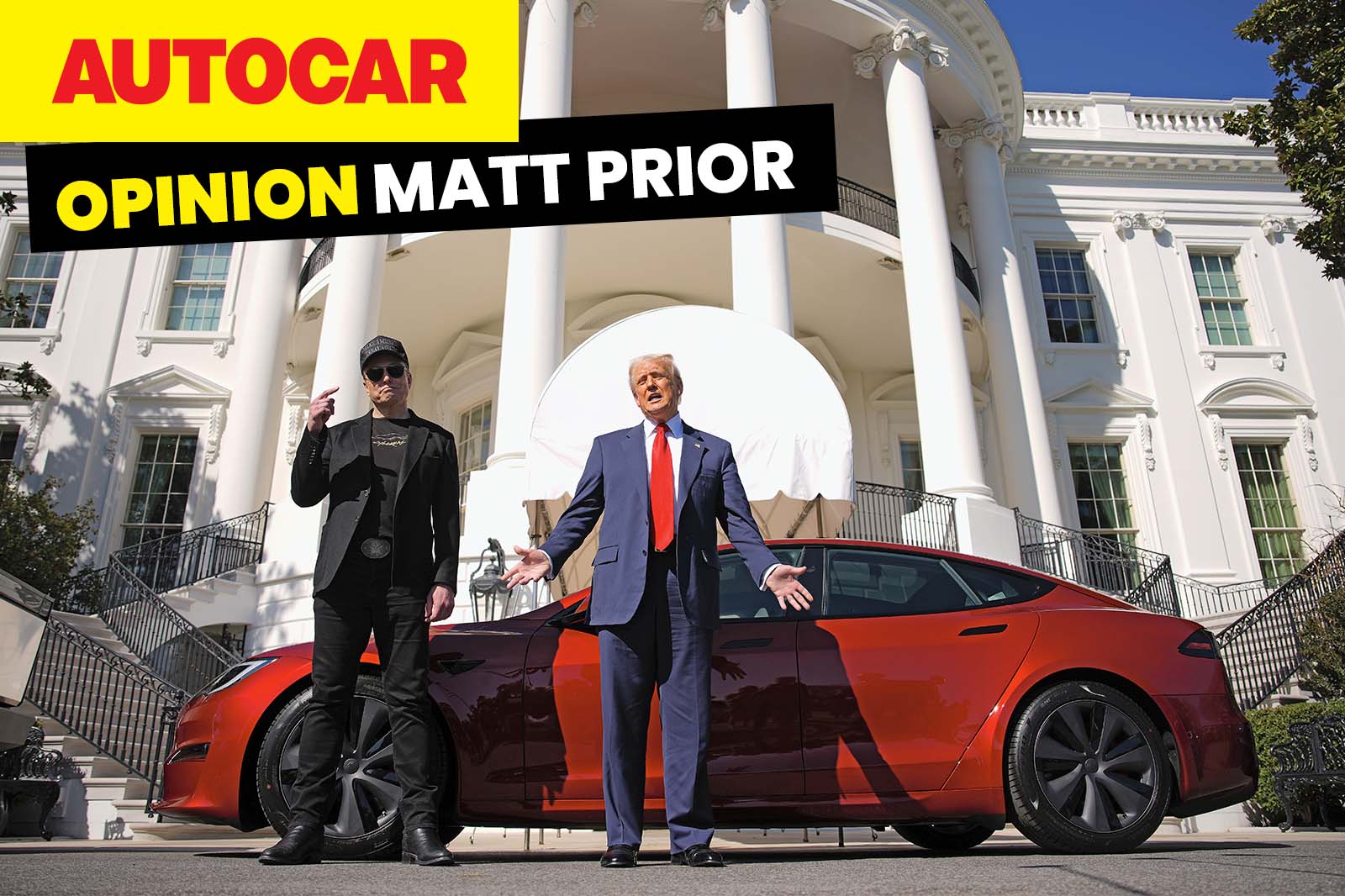































































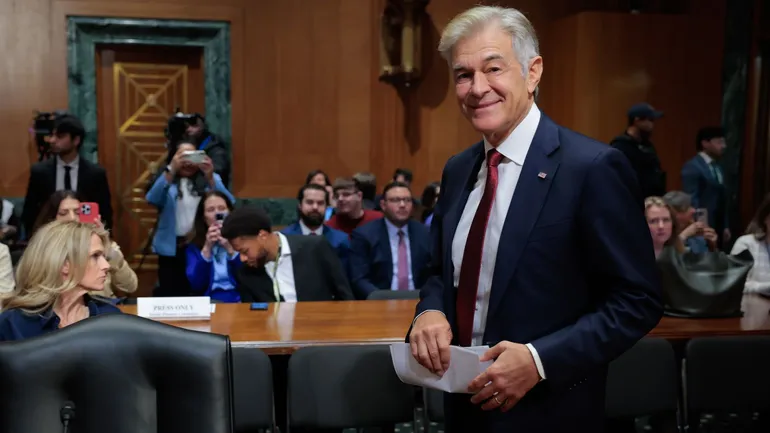

















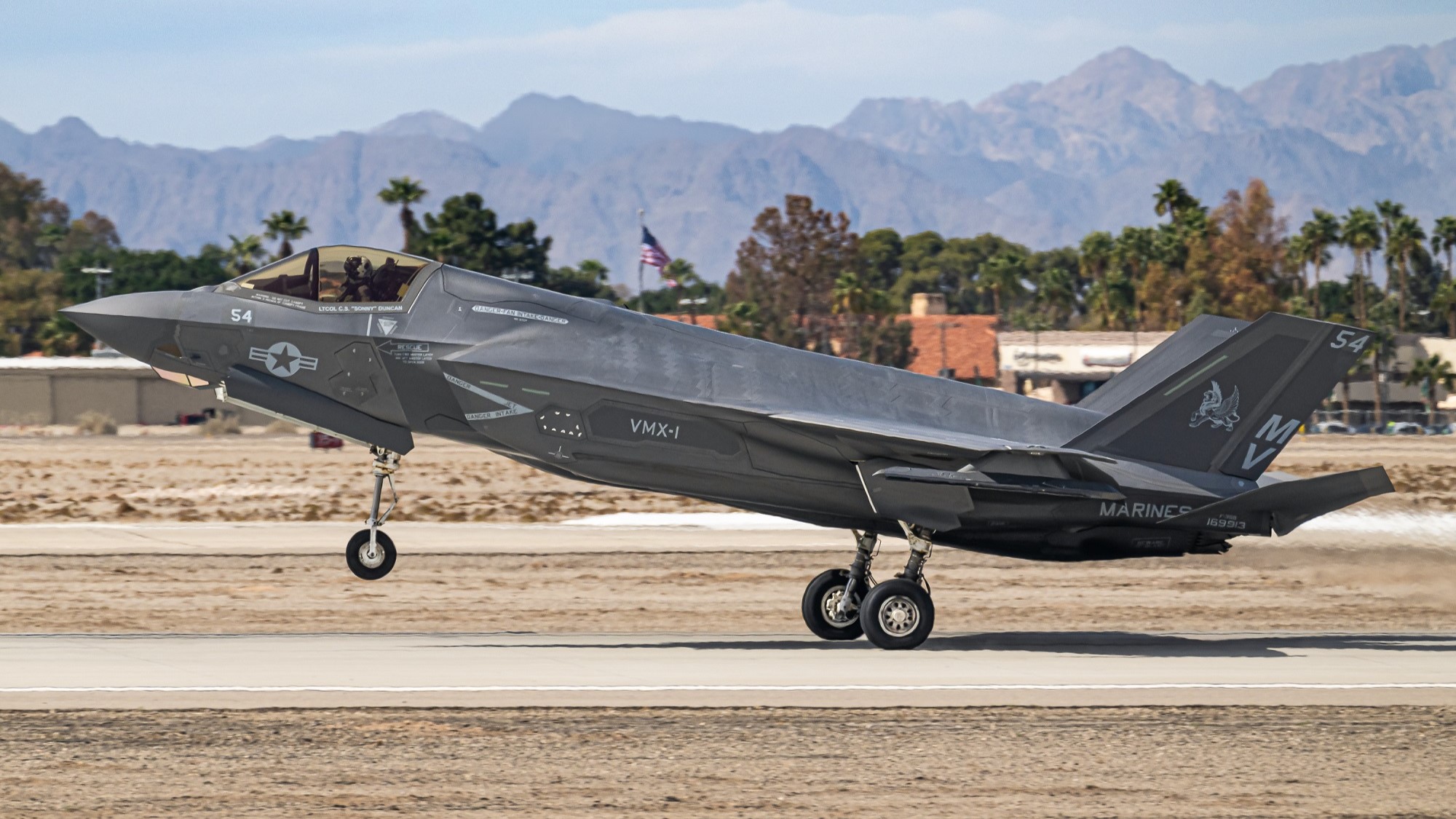

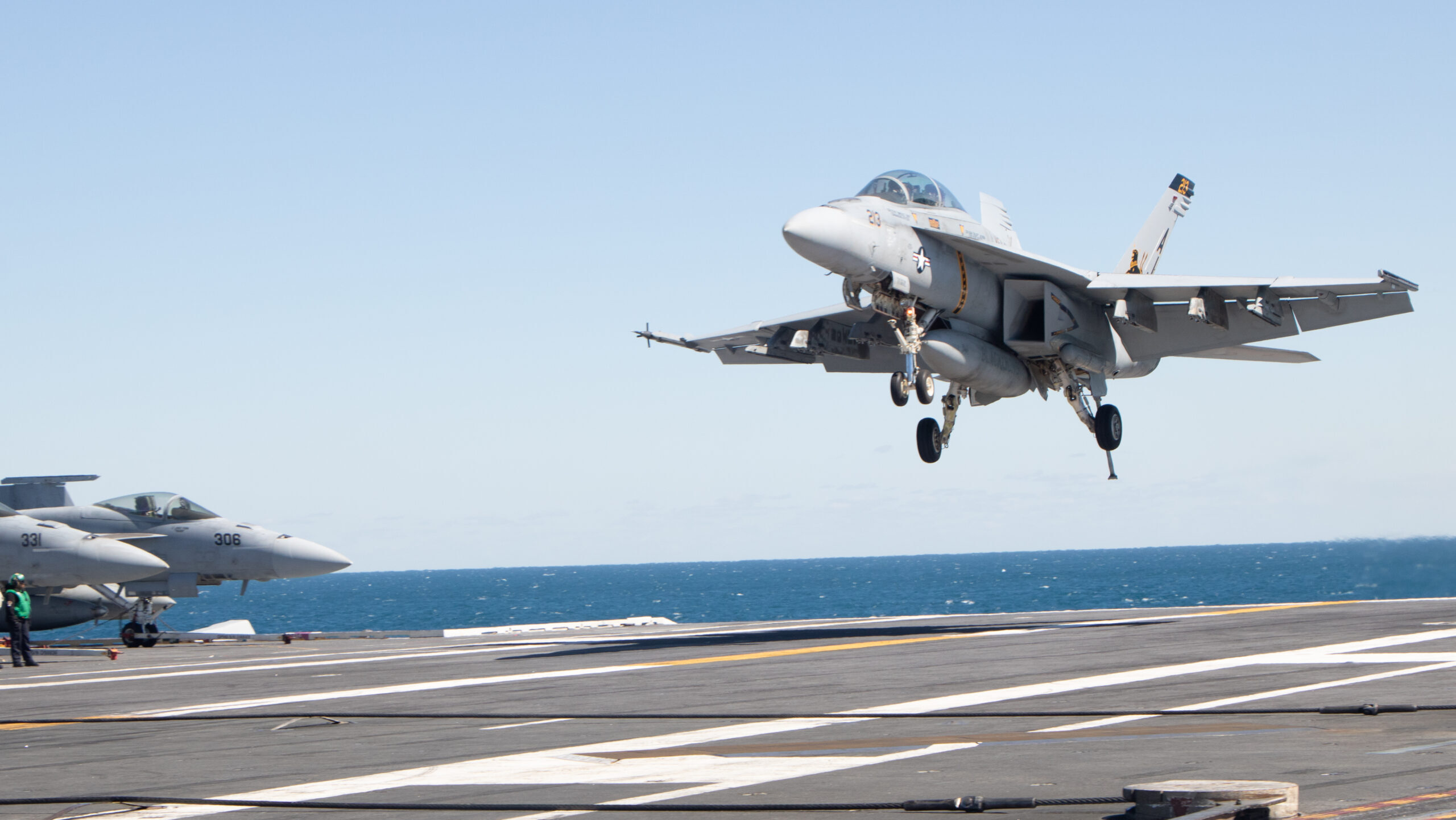
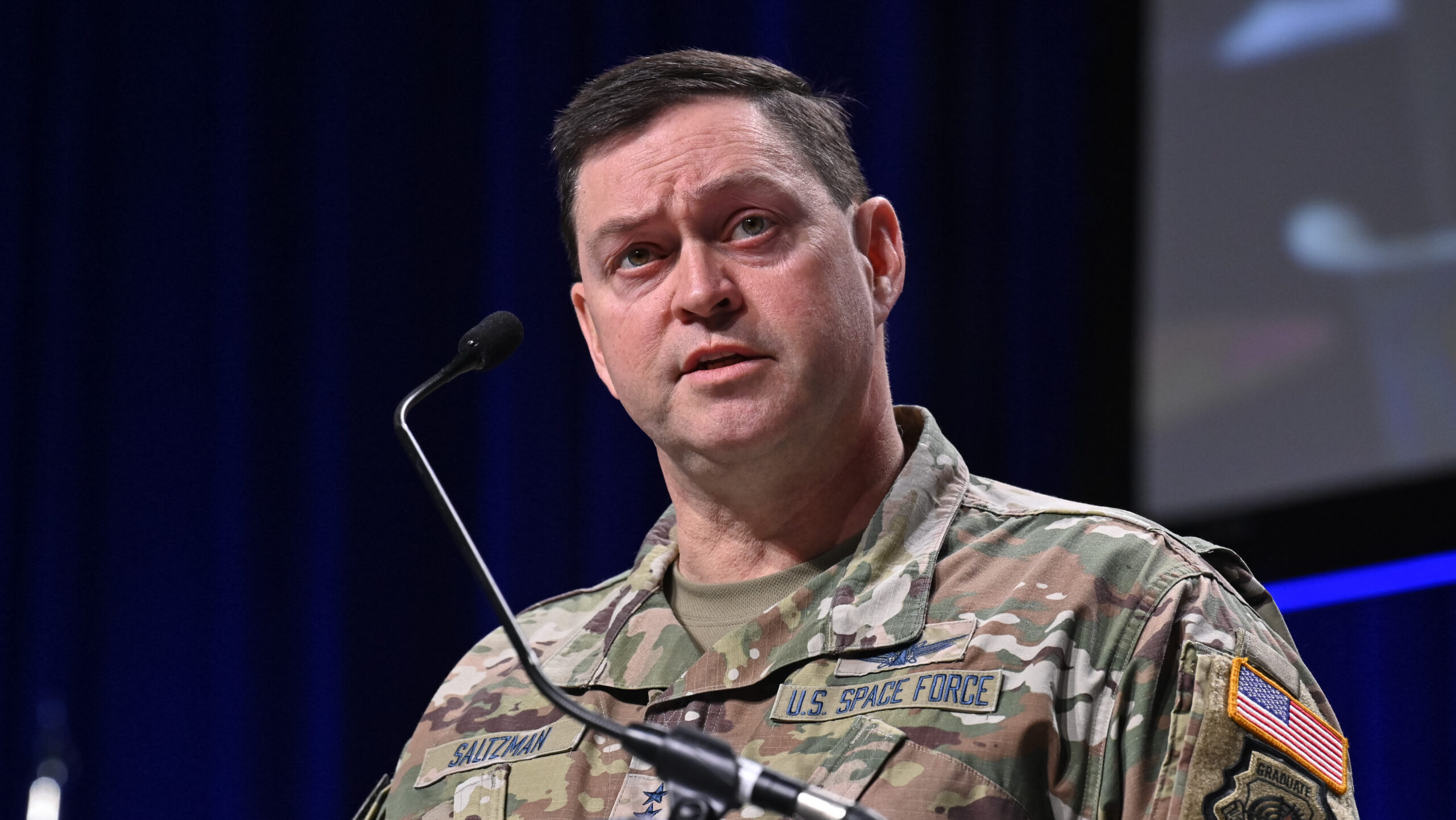












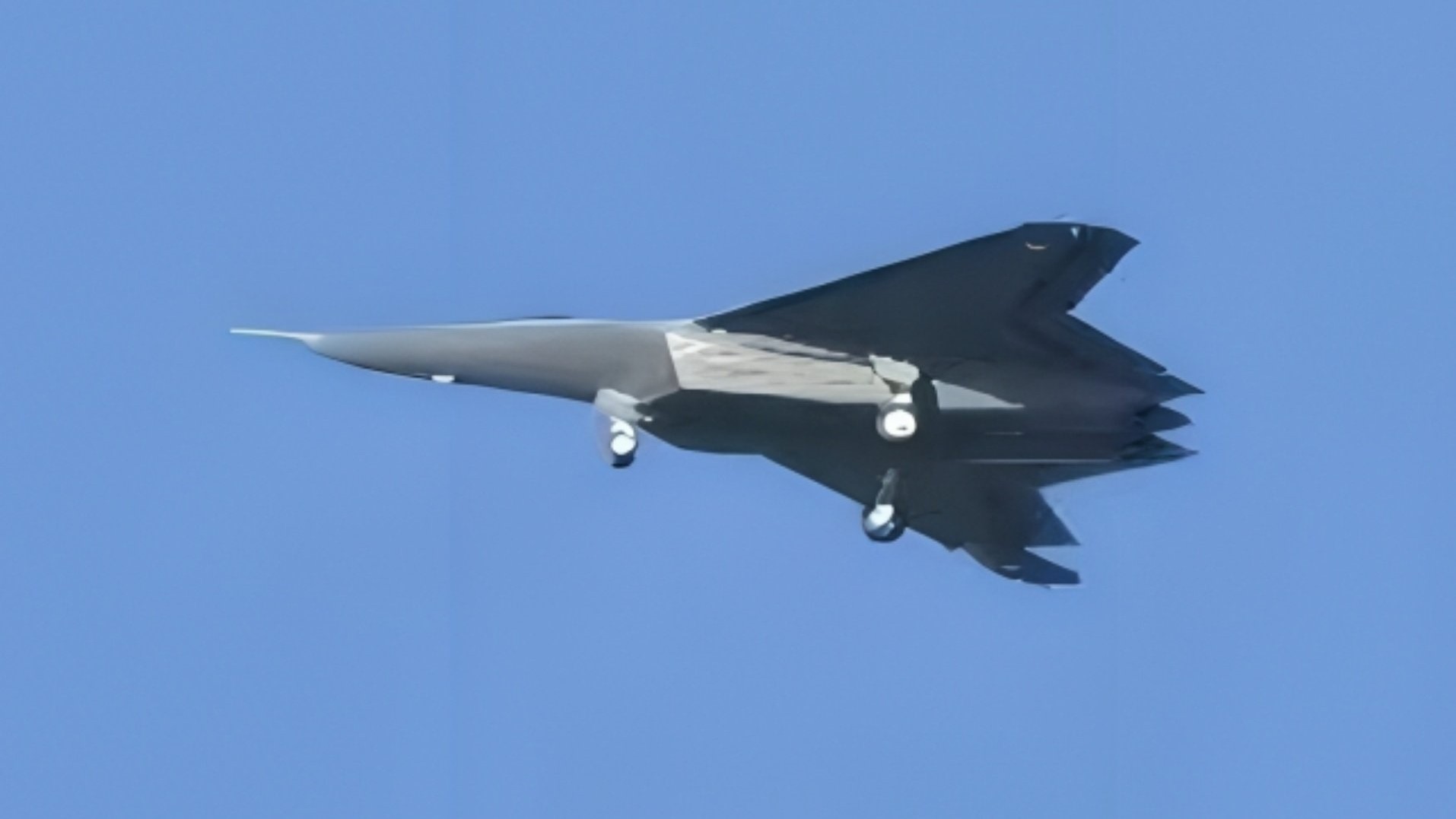


































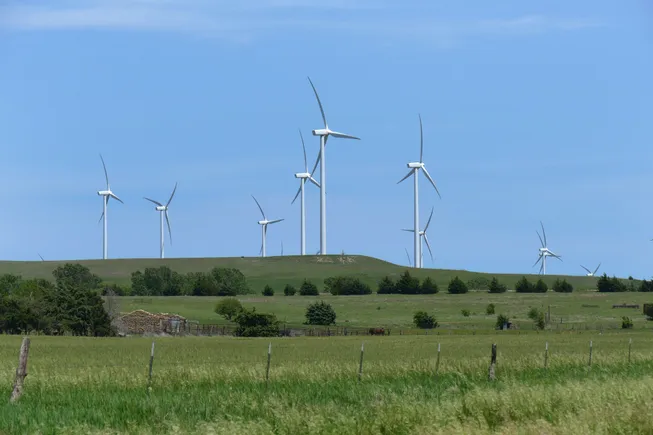

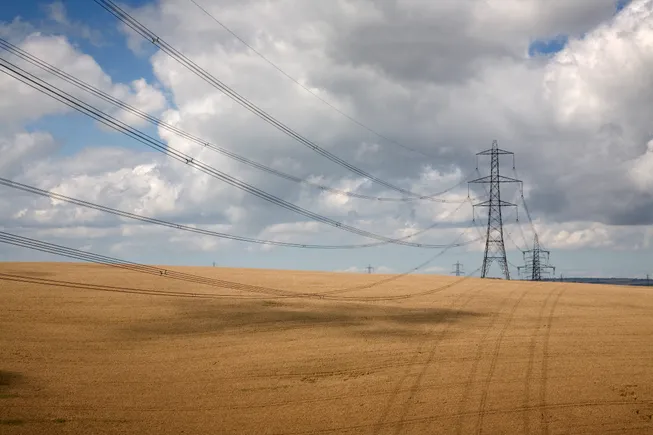





















.jpg)









